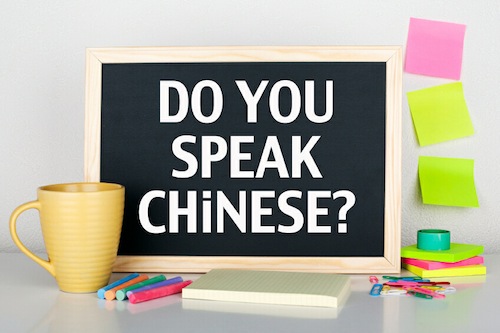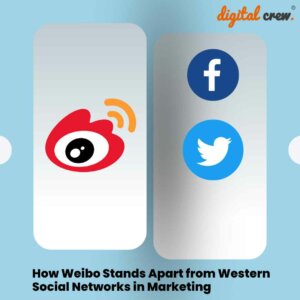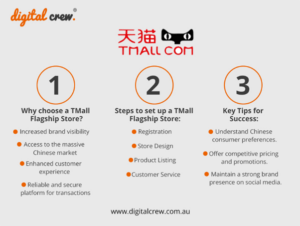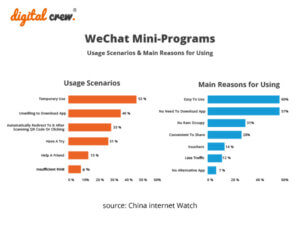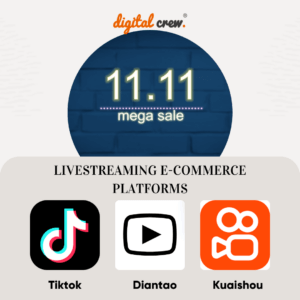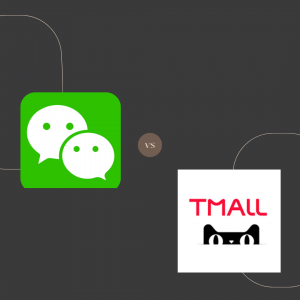When you’re working with global audiences, ensuring that your message is appropriately targeted to each audience niche is a must. Localisation is the practice of translating and adapting your content and marketing materials to ensure they engage a particular foreign audience. Localisation is particularly important in marketing to the Chinese audience, which is segmented into a number of different groups based on location and language.
What exactly is content localisation?
In a conversation, language alone provides only about 20% of the information being conveyed. The rest is conveyed through tone, gesture, pitch and intonation. The same is true of written words.
Localisation is about much more than just straight translation. It’s about putting content, whether on a website, brochure or email, into cultural context and using the words and phrases that will be familiar to each audience segment in order to engage with them.
How to localise content to a Chinese audience
The degree of depth involved in localisation might surprise you. First, it’s essential to understand the original content and its objective, as well as the new target audience.
Instead of simple word-for-word translation of the original content, localisation involves the rewriting of the original content using local expressions, sentence construction, and the wealth of metaphors and idioms known as “chengyu” that are prized and valued by Chinese speakers.
Which of these are used will depend on the audience segment being targeted. For example, Mandarin and Cantonese speakers will require content to be localised in different ways.
Here are several examples of ways to localise content to Chinese audiences.
Use of the colour red. The colour red is auspicious in China, and products, websites and services geared towards a Chinese audience will often heavily feature this colour.
Adjust the flow of information. Since Chinese is typically read from top to bottom, entrenched reading habits can have an impact on how the audience takes in information. Additionally, when it comes to websites, your Chinese audience will likely view site navigation in a different way from English-speaking audiences, and may have different expectations about which pages are considered key.
Take different design sensibilities into account. Chinese characters will take up less space than Roman letters, therefore affecting the “look” and design of your content or marketing materials.
- Be aware of cultural and political sensitivities. In addition to taking care with the translation of idioms, it’s also essential to be aware of the political sensitivities in China – for example, a phrase such as “Taiwan independence” may need to be avoided.
- Localise elements such as social media. Remember that Facebook isn’t used in China, so if you want to engage your audience through social media, or use ‘share’ buttons, you may need to set up on WeChat, for example.
Content localisation is so powerful because it is geared entirely towards reaching and engaging with your market in a tailored, targeted way. Trying to market to a Chinese audience with content and other material designed for western audiences, or that is simply a straight translation, is unlikely to succeed, as it will lack cultural relevance.
For more information about effective localisation for the Chinese market, speak with one of the consultants in our China Online Marketing division.








